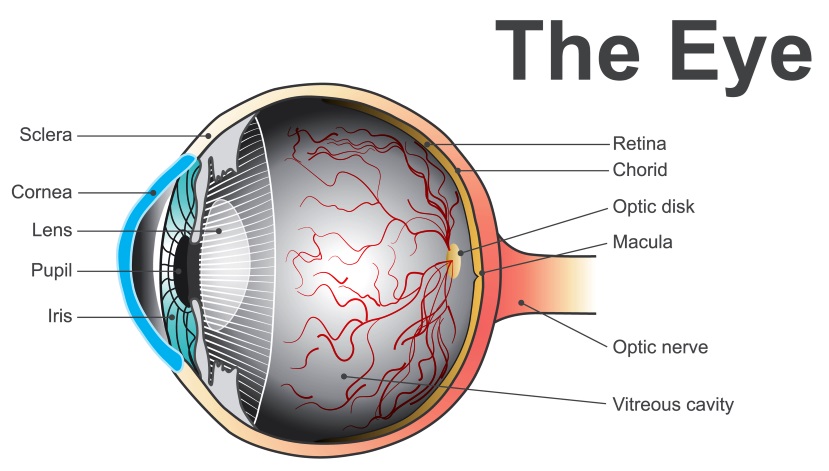By Joe Schneiderhan, O.D., Optometrist

Keratoconus [ker-uh-toh-koh-nuhs] is a chronic, lifelong eye disease affecting the cornea, which leads to the loss of vision if left untreated. There are options to reshape the cornea, but the key is to not wait until your vision gets worse.
The condition begins in puberty and progresses into the mid-30s. Approximately one person in 2,000 has the eye disease, and 1 in 10 people with a parent who has keratoconus also gets the condition.
Keratoconus is caused when the cornea can’t hold its normally round shape, instead becoming thin with a cone-like, outward bulge. When the cornea becomes cone-shaped, symptoms such as blurred vision and sensitivity to light are common. Night vision is challenging with blurry vision, distorted images, and glaring lights.
Symptoms include:
- Blurry/distorted vision
- Sensitivity to bright lights/glare, which also interferes with night driving
- The need to change eyeglass prescriptions often
- Vision that becomes cloudy or worsens suddenly
Risk Factors:
- Family member(s) with keratoconus
- Rubbing eyes too hard/frequently
- Other conditions: Hay fever, asthma, retinitis pigmentosa (eye problems involving the retina), Down syndrome, Ehlers-Danios syndrome
Corneal topography is a photo taken by an eye doctor to look for variations in the cornea. Because keratoconus often runs in families, children whose parents have it should have their eyes examined annually at age 10 (or as recommended by your eye doctor) to look for signs of the eye disease.
Vision problems in early-stage keratoconus may be corrected using glasses or soft contact lenses. Later stages may require rigid, gas-permeable contact lenses or scleral lenses. Scleral lenses are large-diameter, gas-permeable contact lenses designed to cover the cornea’s entire surface and rest on the white of the eye. These special lenses correct vision by replacing an irregular cornea with a smooth optical surface.
If you or your family member have sudden, unexplained changes to your vision, make an appointment with your eye doctor or one of the providers at Glenwood Family Eye Center.